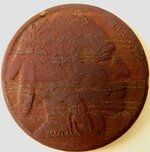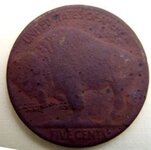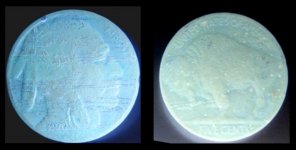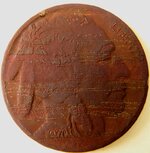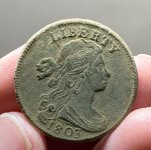checkman
Jr. Member
- Dec 11, 2011
- 39
- 9
- Detector(s) used
-
Minelab CTX 3030
Minelab Etrac, Sunray X-1, 10x12SEF, Sunray x-5
Garrett AT-Pro & Propointer
Teknetiks Delta 4000
- Primary Interest:
- Metal Detecting
I found this metal detecting. I rinsed it off and realized that it may be an error of some sort. I figured that I should have some of you guys look at it before I dare to think of cleaning it. Here are some pics. I do have these in high res if anyone wants to see them.
Thanks!
Thanks!


